1. Smithsonian National Museum of Natural History – The Hope Diamond
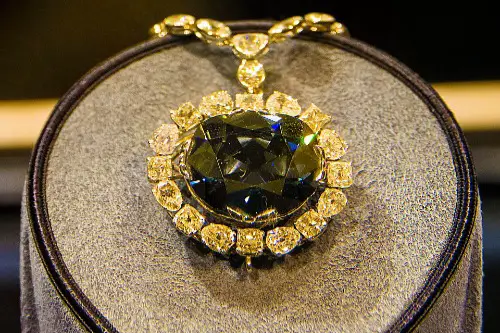
You stroll into the Janet Annenberg Hooker Hall of Geology, Gems, and Minerals, and—boom—the legendary Hope Diamond greets you, sparkling its cursed-and-unique blue brilliance. People come just to lock eyes with that world-famous gem. It’s not just another pretty rock—it’s a singular icon of glitz, history, and mystery all rolled into one. Truly, without that diamond, you might wander off to another gem hall and never look back.
It’s a standalone superstar in its own security-cased chamber—so compelling even the rest of the collection feels like supporting cast. You’ll hear whispers about how it’s insured for hundreds of millions and still captivates with an uncanny glow. It’s the kind of thing that gets your friends jealous before you even leave the building. In short, you come for that one jewel, and suddenly you’re hooked on the whole museum.
2. The Henry Ford Museum – Lincoln’s Rocking Chair
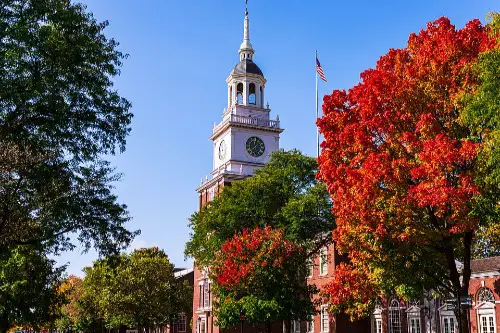
Tucked inside this sprawling museum in Dearborn, Michigan, is the actual rocking chair from Ford’s Theatre—where Lincoln was tragically shot. History-buff pilgrims descend on that chair as though it were a relic from a holy site. It’s not just wood—it’s a silent, creaking witness to America’s turning point. That alone is enough to fill the museum’s day-planner.
You might stroll past vintage cars, the Quadricycle, or even Edison’s “last breath in a tube,” yet that chair commands a hush. Visitors often skip the rest—or return later just to sit in the feeling of that moment again. It’s the chair’s story that haunts you long after you leave. Really, the rest of the museum could vanish and you’d still tell friends you saw Lincoln’s chair.
3. Isabella Stewart Gardner Museum – The Empty Frame of The Concert
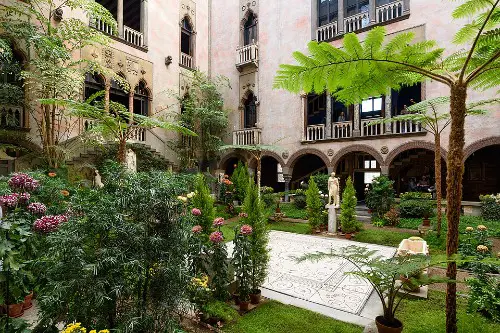
People come hoping maybe—just maybe—to catch a glimpse of Vermeer’s The Concert, one of only two of his paintings missing in the world-famous 1990 heist. The empty frame—or hopes of return—makes this museum an emotional pilgrimage. You walk those hushed galleries thinking of art, loss, and that lingering theft. It’s not every day a single missing masterpiece turns a whole building into a symbol.
Even without the painting, the museum’s Gilded Age ambiance draws hearts, but the legend of the stolen Vermeer overshadows almost everything else. Guests lean in close to the bare wall as though willing the work back into existence. Guides tell the story in whispers, making it feel like a living mystery novel. You leave thinking you’ve met both a museum and a ghost story.
4. National Air and Space Museum – The Wright Flyer
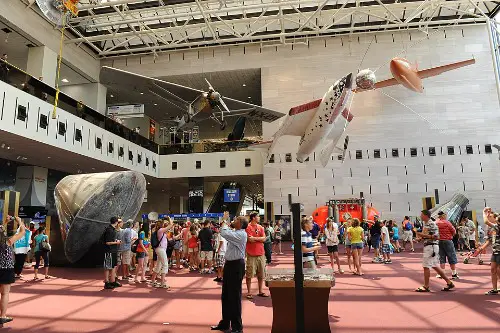
Sure, there are rockets and moon landers, but most visitors make a beeline for the fragile-looking 1903 Wright Flyer. This was the first successful powered airplane, and it still has an almost miraculous quality when you see it up close. You can practically imagine the cold December wind at Kitty Hawk. It’s humbling how small it is—yet how huge its impact was.
Surrounded by aviation history, the Flyer feels like the first line in a sweeping novel. People linger, staring at its fabric wings and spindly frame, and realize it’s both artifact and dream come true. You could walk past a hundred other exhibits, but your camera roll will have more shots of this than anything else. It’s the literal starting point of modern flight, and that’s hard to top.
5. Art Institute of Chicago – Nighthawks
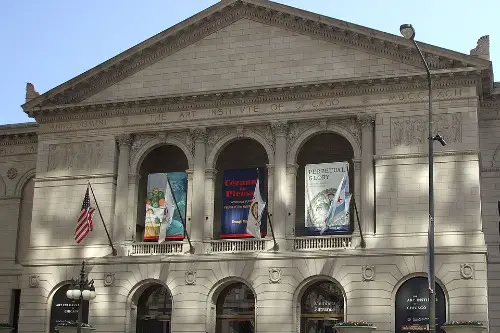
You enter the American Art wing and suddenly Edward Hopper’s Nighthawks seems to spotlight all the neon diner’s emptiness—with that solitary, unforgettable scene. For many, that moody painting is reason enough to book a flight to Chicago. It’s not just artistry—it’s cultural shorthand for “late-night urban loneliness” and that human moment resonates big time. People point to it and say, “That painting changed the way I see everything.”
Once you’ve gazed at it long enough, you’ll notice whole halls of other American masterpieces—but let’s be honest, you were there for that one. And it holds up every time: still crisp, still modern, still haunting. Even if you’d never stepped foot in an art museum before, Nighthawks alone could convert you. It’s like going to a concert to hear one song—and finding the rest of the album also steals your heart.
6. Carnegie Museum of Natural History – Dippy the Diplodocus
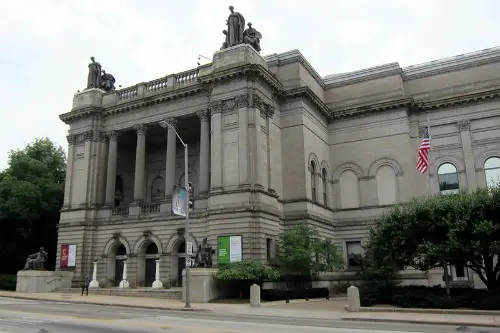
In Pittsburgh, folks funnel in specifically to stand beneath Dippy, the Carnegie’s famous Diplodocus skeleton, immortalized—and plaster-casted—all over the world. This dinosaur skeleton is practically a celebrity; it’s the most-recognized dinosaur skeleton on the planet. Fans of paleontology, childhood wonder, or just massive bones pilgrimage here just to catch a glimpse. It’s that one gigantic, bone-chilling centerpiece that reigns supreme.
See that sinuous tail sweeping across the hall? That’s Dippy. While the museum has dazzling fossils and dioramas, Dippy strangely dwarfs them all with Jurassic-era swagger. Families and dino-nerds alike hang around, snapping photos and whispering “he’s real…” in reverent tones. Without Dippy, this museum might still teach you about Earth’s past—but Dippy makes them famous.
7. The Field Museum – Sue the T. rex
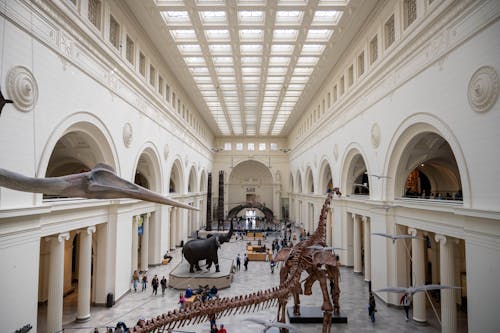
The moment you step into the Field Museum’s Stanley Field Hall, Sue greets you like the queen of the Cretaceous. She’s the largest and most complete Tyrannosaurus rex ever found, and she’s got a presence that silences even the loudest school groups. People come to Chicago just to stand beneath her massive skull and imagine the roar. It’s not just size—it’s the attitude that fossil still carries.
Though Sue’s actual skull is too heavy to mount on the skeleton, it’s displayed nearby, and fans line up to take a close look. There are plenty of other fossils, dioramas, and dazzling displays here, but Sue is the star around which everything else orbits. You can almost feel her celebrity status in the way visitors talk about her like an old friend. Leave the museum without seeing Sue and you’ve basically missed the point.
8. Metropolitan Museum of Art – The Temple of Dendur
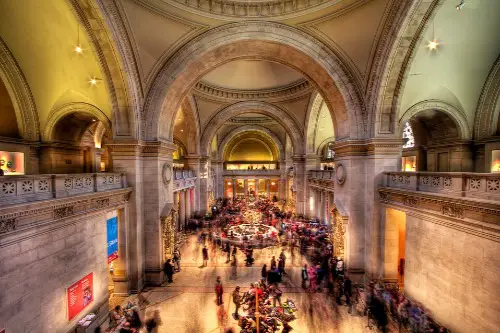
Nestled inside a massive glass-walled gallery, the Temple of Dendur stops you in your tracks. This full-size ancient Egyptian temple, gifted to the U.S. by Egypt, sits dramatically with a reflecting pool and the New York skyline as its backdrop. Visitors make special trips to the Met just to stand inside its sandstone chambers. It’s as much an experience as it is an artifact.
You could lose yourself in the Met’s seemingly endless wings, but this temple has a magnetism all its own. It’s where wedding proposals happen, where schoolkids stare wide-eyed, and where history feels tactile. The combination of ancient craftsmanship and modern architecture creates a scene you can’t find anywhere else in America. Most people remember “that temple” long after they forget which paintings they saw.
9. National Museum of American History – The Star-Spangled Banner
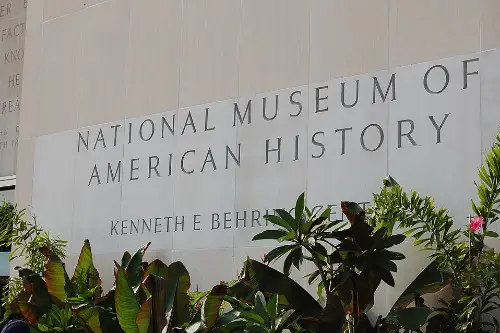
There’s plenty of Americana here, but the one object that pulls the most visitors is the original 1814 flag that inspired the U.S. national anthem. It’s huge, worn, and dimly lit to protect its fragile fabric, and seeing it in person feels like meeting the country’s heartbeat. People don’t just look—they stop, they breathe, and they feel that quiet awe. You can’t get that from a reproduction.
It’s displayed in its own specially designed chamber, where even the chatter dies down. The frayed edges and faded colors tell a story of battle, survival, and resilience. You come for the flag, and suddenly you understand why Francis Scott Key was so moved. The rest of the museum feels richer once you’ve stood in its shadow.
10. The Museum of Modern Art – Starry Night
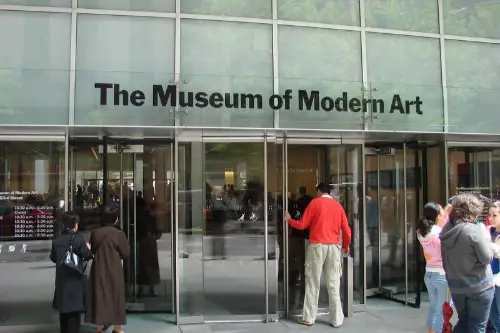
MoMA has an impressive roster of masterpieces, but the crowd inevitably clusters around Vincent van Gogh’s Starry Night. It’s smaller than you might expect, yet its swirling blues and luminous yellows seem to fill the whole gallery. People visit New York just to stand a few feet from it, soaking in the brushstrokes they’ve seen in a thousand textbooks. It’s the definition of a bucket-list artwork.
Once you’ve seen it in person, you realize photos don’t do it justice—the texture and movement practically vibrate. You’ll notice tourists awkwardly negotiating photo turns, and locals sneaking in for their fiftieth viewing. It’s magnetic in a way that pulls you back again and again. Many people admit they came for Starry Night and stayed for the rest of MoMA’s treasures.
11. The Smithsonian National Museum of African American History and Culture – Harriet Tubman’s Shawl and Hymnal
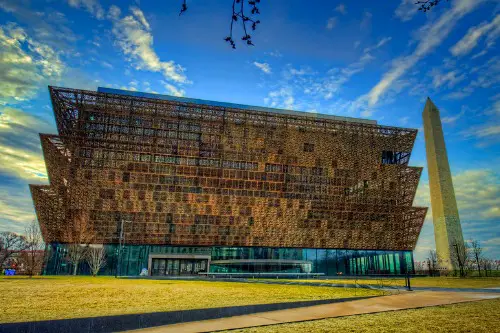
This museum is packed with powerful artifacts, but many visitors make a direct path to Harriet Tubman’s personal belongings. Her cream-colored silk lace shawl, given to her by Queen Victoria, and her hymnal bring her story into a deeply human focus. Seeing them in person is like shaking hands with history. They’re small, but they carry a weight far bigger than their size.
The shawl’s delicate fabric and the hymnal’s worn pages are reminders of Tubman’s extraordinary life beyond the Underground Railroad. People stand quietly, some with tears in their eyes, imagining the journeys she took. These items turn her from a figure in history books into a real person you could almost speak to. It’s the kind of moment that lingers long after you leave the building.
12. Rock and Roll Hall of Fame – Elvis Presley’s Jumpsuit

Sure, the Rock Hall has guitars, stage props, and handwritten lyrics galore, but Elvis’s rhinestone jumpsuit is the thing people seek out. It’s Vegas-era Elvis in pure fabric form—white, flared, and sparkling under the lights. Fans sometimes come dressed in their own Elvis gear just to pose near it. It’s that iconic.
The jumpsuit doesn’t just scream showmanship—it’s a reminder of music’s ability to create myth. You see it and you hear “Suspicious Minds” in your head instantly. Other outfits from legends are nearby, but none have quite the gravitational pull of Elvis’s. It’s a reminder that clothing can be just as famous as the person who wore it.
13. The National WWII Museum – PT-305
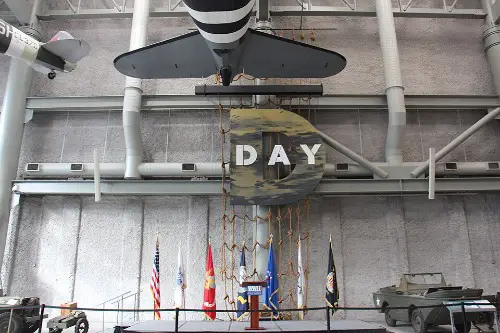
In New Orleans, this museum draws history buffs from around the world, but PT-305 is the rock star. It’s a fully restored WWII patrol-torpedo boat that you can actually board and explore. You can feel the wind on deck and imagine the adrenaline of its missions. People don’t just look at PT-305—they experience it.
The museum offers rides on the vessel for those who want to take the immersion further. It’s rare to get so close to a functioning piece of history of this scale. Visitors talk about it for years afterward, often more than any exhibit inside. PT-305 isn’t just an object—it’s an adventure.
14. The Getty Center – Van Gogh’s Irises

The Getty’s collection is vast, but Irises has a special magnetism that makes it one of the most visited paintings in Los Angeles. Van Gogh painted it during his stay at an asylum, and the work practically vibrates with life. Its blues and purples feel like they’re blooming right off the canvas. People plan trips to the Getty just to see it.
Stand in front of Irises and you’ll notice a quiet reverence in the room, even from casual visitors. The story behind it adds depth, but the colors alone are enough to hypnotize. It’s often the first stop and the last lingering glance before heading out. The Getty might have stunning architecture and gardens, but for many, Irises is the main event.
This post 14 American Museums That People Visit Just to See One Object was first published on American Charm.


